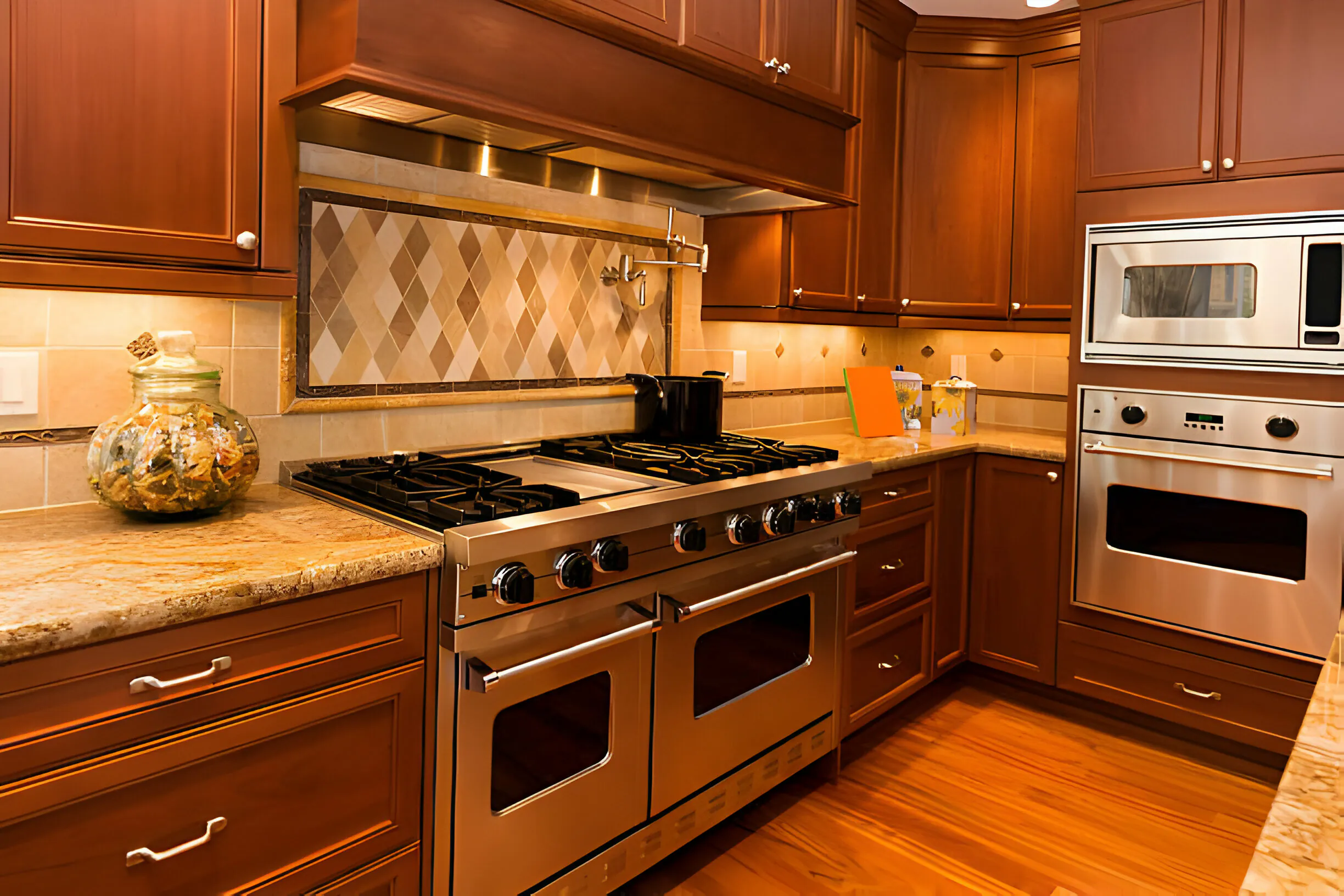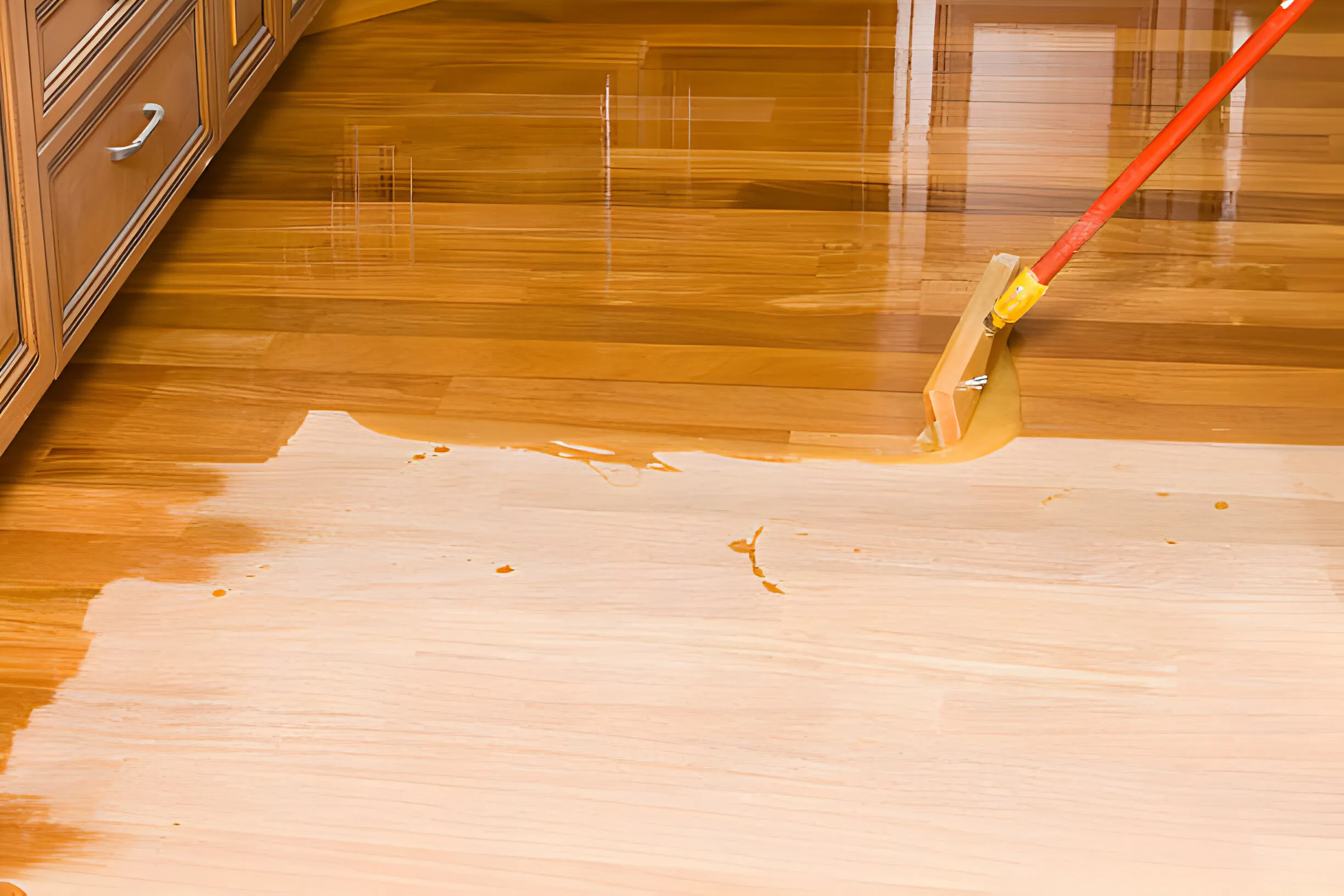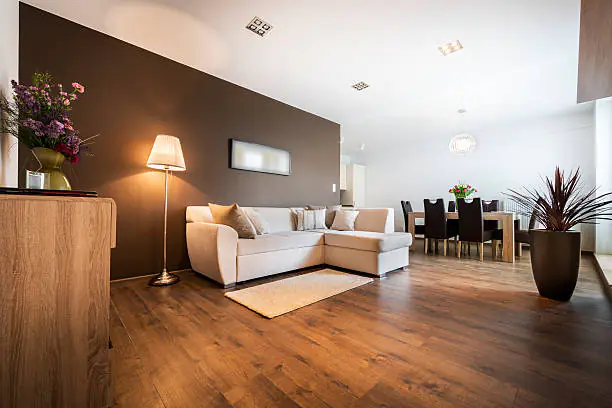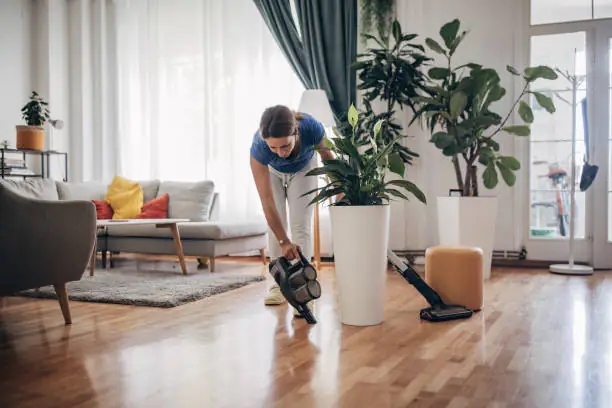
Do You Tip Floor Installers?
Regarding house renovations, one persistent query that frequently crosses homeowners’ minds is, “Do you tip floor installers?” Like the skillfully laid wood grains, the response is not always the same. We’ll explore the nuances of floor installation tipping etiquette in this extensive guide, including when, how much, and situations in which it might be regarded as a wood-grain token of appreciation. Understanding the Landscape of Tipping Floors It’s common for homeowners to find themselves torn between feeling grateful and unsure about how much to tip floor workers. The rules surrounding flooring can be less clear-cut than those governing tipping servers at restaurants. Together, let’s set out to discover the secrets of this uncharted territory.Also Read: How to Remove Stubborn Stains from Wood Floors? When Generosity Strikes: Scenarios That Warrant a Tip Wonderful Cleanup Operations: Imagine that your waterproof wood flooring has been expertly placed, and the floor experts have gone above and above by thoroughly cleaning the area. In these situations, a tip becomes an endorsement of their diligence. Exemplary Craftsmanship: You may be able to express your gratitude with a tip if your floor installers exhibit exceptional craftsmanship, transforming the installation of your engineered oak flooring into a piece of art.Also Read: How to Clean Unfinished Wood Floors The Weight of Heavy Furniture: Before starting the walnut laminate flooring installation, floor technicians occasionally have to make their way through a tangle of heavy furniture. It is polite to acknowledge their efforts in these situations. Hourly Workers: Tipping floor installers on an hourly basis is standard procedure when they work for a flooring firm. Giving them tips in appreciation for their time and work can improve workplace relationships. Installations that are difficult: If you have a complex project that requires a lot of sweat equity, like installing luxury laminate flooring, you should definitely leave a hefty tip (between $10 and $200).Also Read: Furniture When Getting New Flooring? When to Keep the Wallet Closed: Instances Where Tipping is Unnecessary Company Rules: Certain flooring retailers have clear guidelines prohibiting homeowners from leaving gratuities for floor installation. If there are any such rules, homeowners can easily follow them. Independent Contractors: When floor installers work as independent contractors or as proprietors of their own businesses, the initial payment typically covers their whole compensation. In some situations, tipping might not be necessary. Explicit Refusals: It is crucial to honor floor installers’ requests if they make it clear that tipping is not required or is against their policy. Bad Craftsmanship: On the other hand, it makes sense to hold off on leaving a tip if the installation of wood plank flooring is subpar, with unkempt building site and poor craftsmanship.Also Read: How to Clean Prefinished Hardwood Floors: The Culmination: To Tip or Not to Tip In the wide world of floor installation, homeowners still have a subjective say in how much to tip. Tipping is not customary, but those that do so show their appreciation for a job well done. Recall that gestures such as providing drinks, snacks, or a simple “thank you” can also have a positive impact on floor installers. It’s not only about the money. Conclusion The subtleties of the voyage will determine whether or not you tip your freshly laid floor as the last nail is inserted. You might choose to give a monetary expression of appreciation or a sincere “thank you.” When it comes to home improvement, make sure your choices are informed by the values of politeness and thankfulness. This will ensure that your floor installation experience is a beautiful blend of skill and admiration. Join us at the Building Supply Depo for all your home improvement needs. Let’s make your floor installation experience one to remember – Visit us today! Frequently Asked Question Is tipping floor installers a norm in the UK? Can I offer refreshments instead of a tip? When is tipping not advisable? Should the tip vary based on the job’s complexity? What if the flooring company charges a high installation fee? Do installers usually clean up after the job? Are tips different for various flooring types? Can I tip even if the installer doesn’t expect it?





